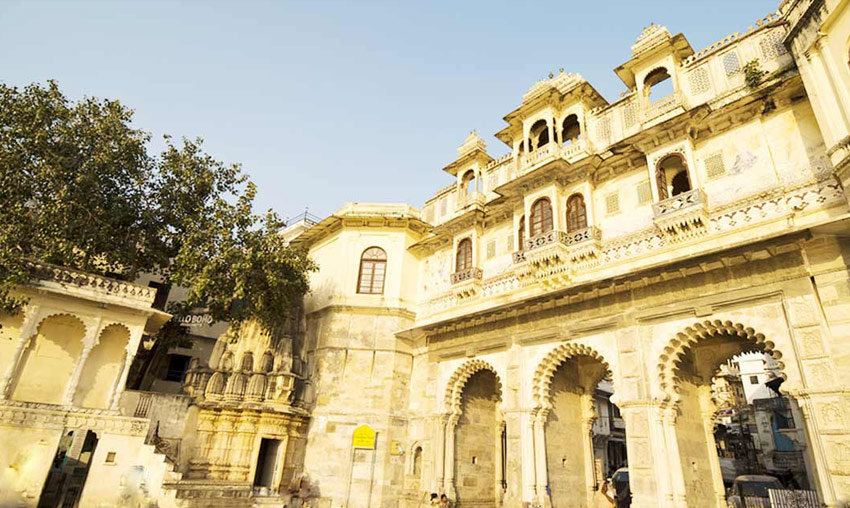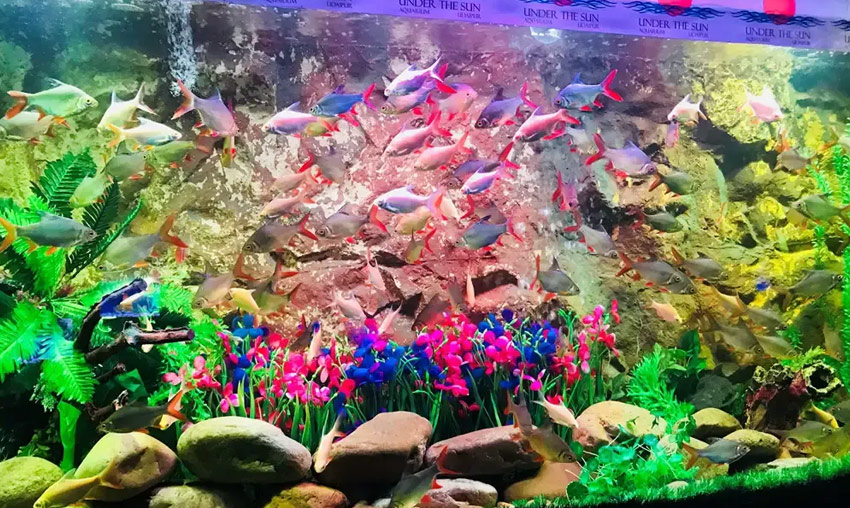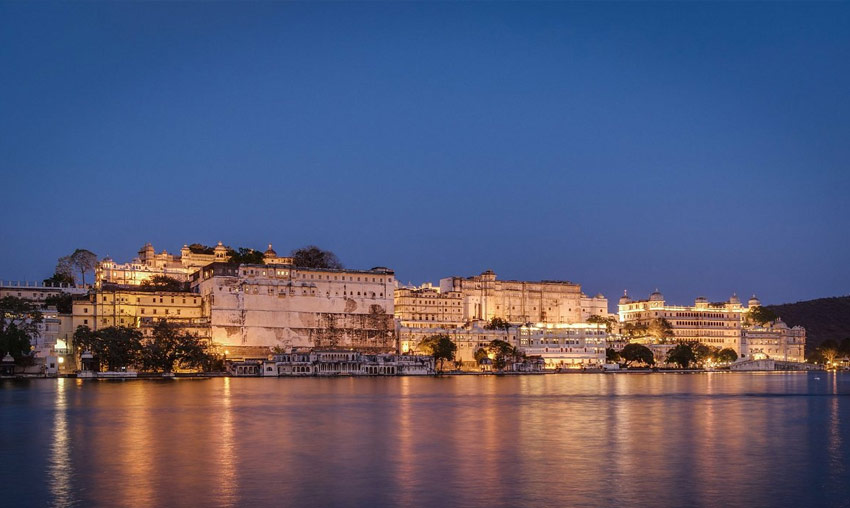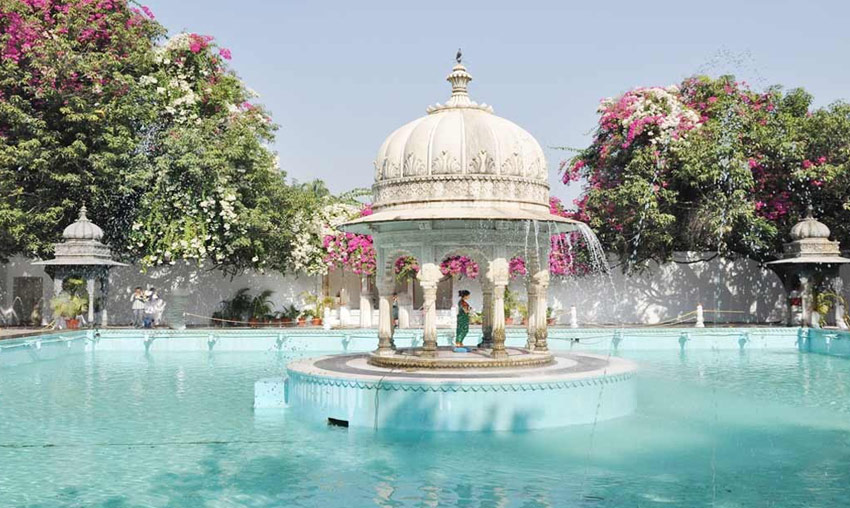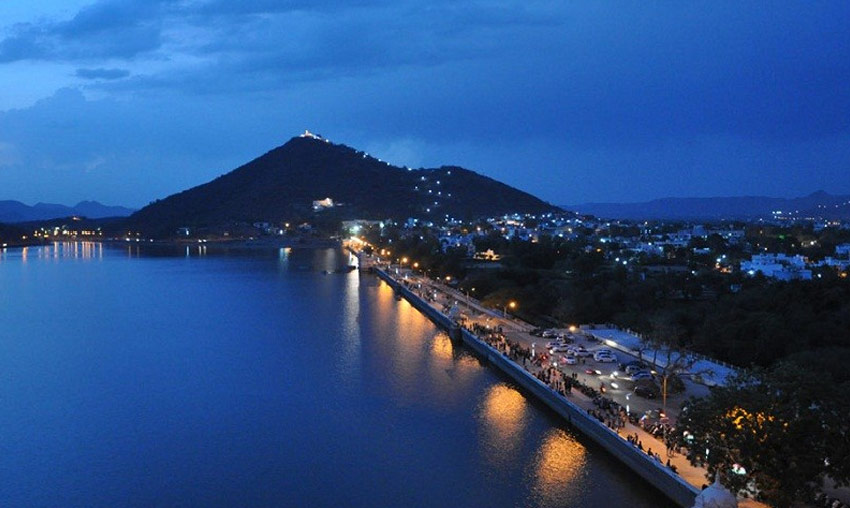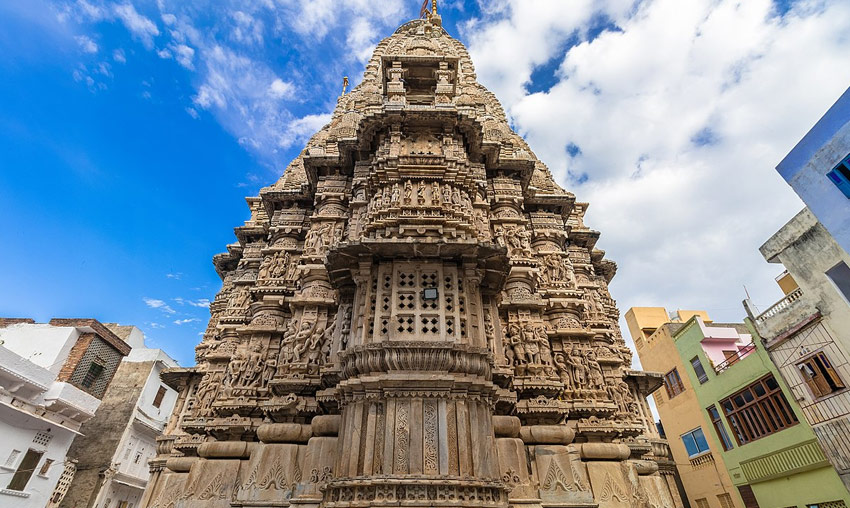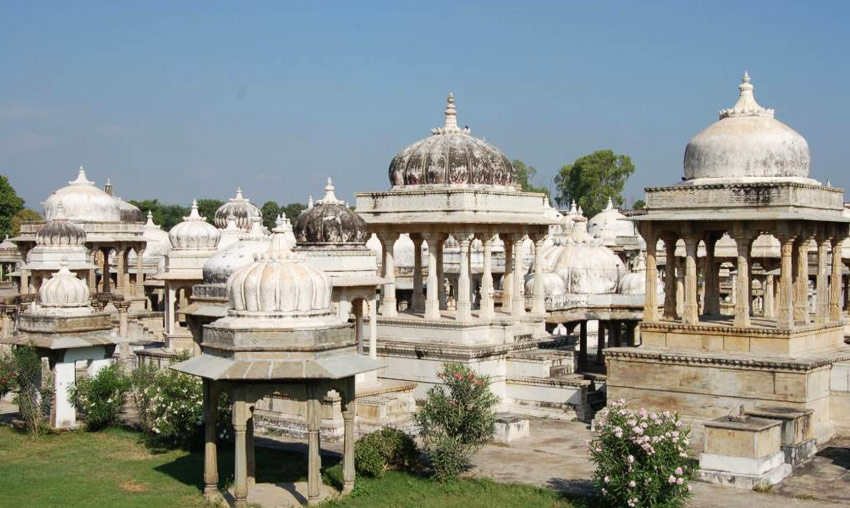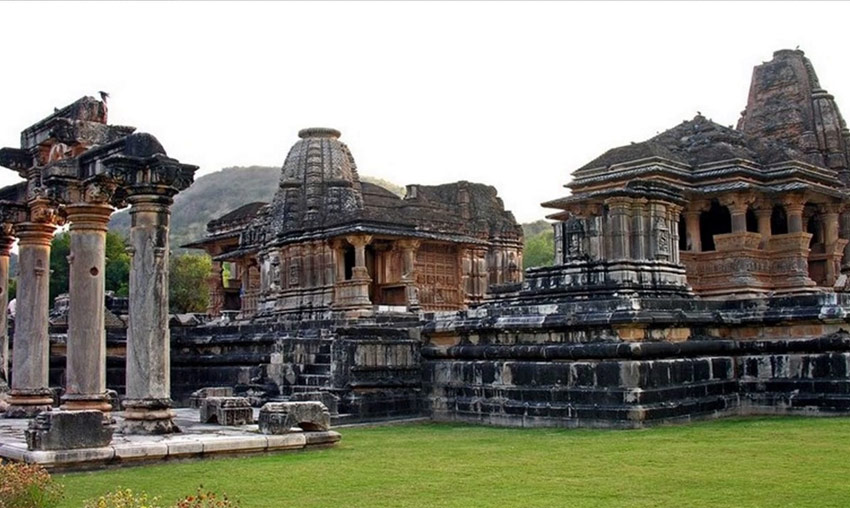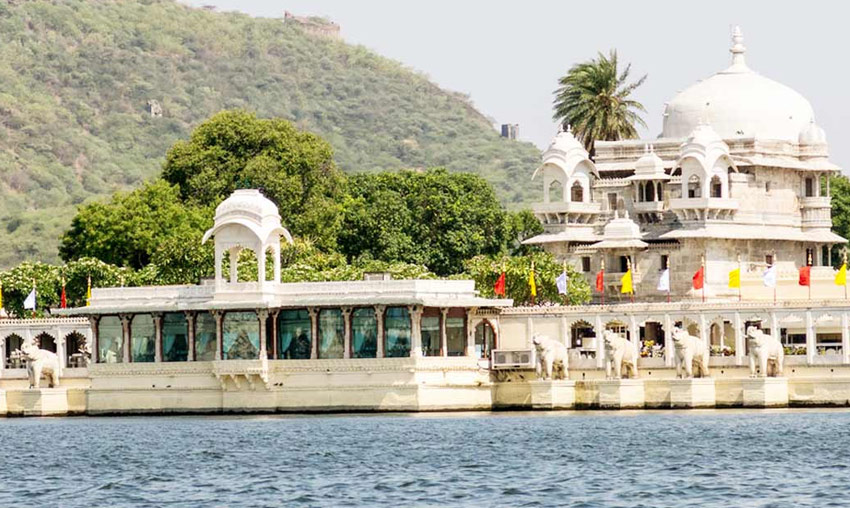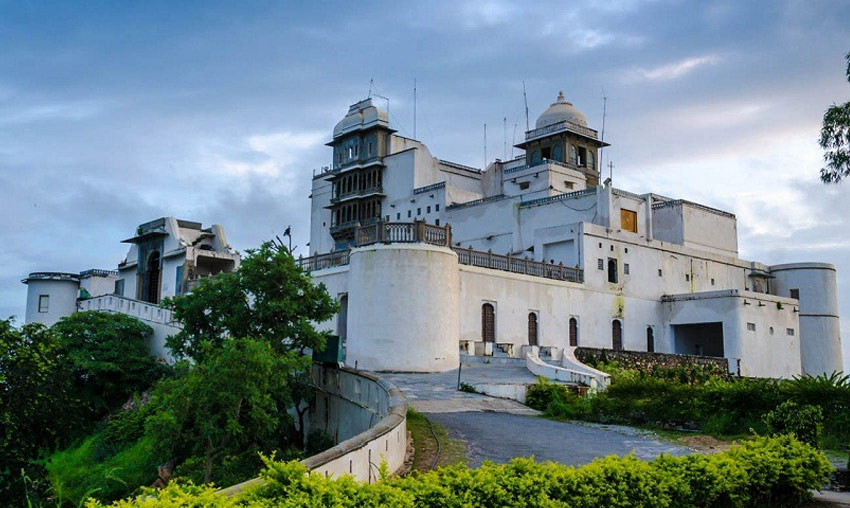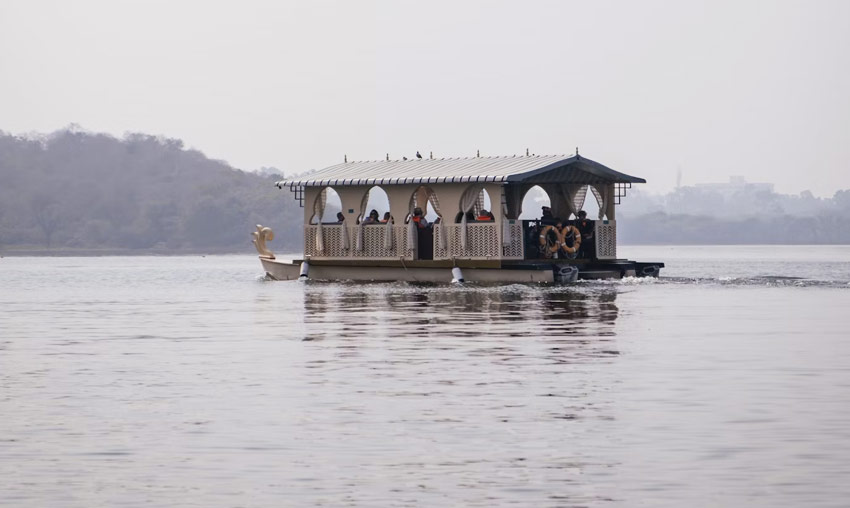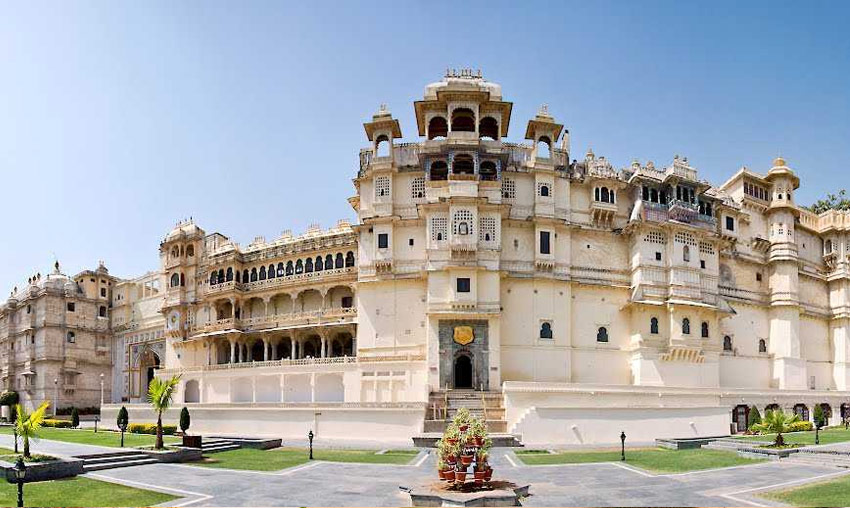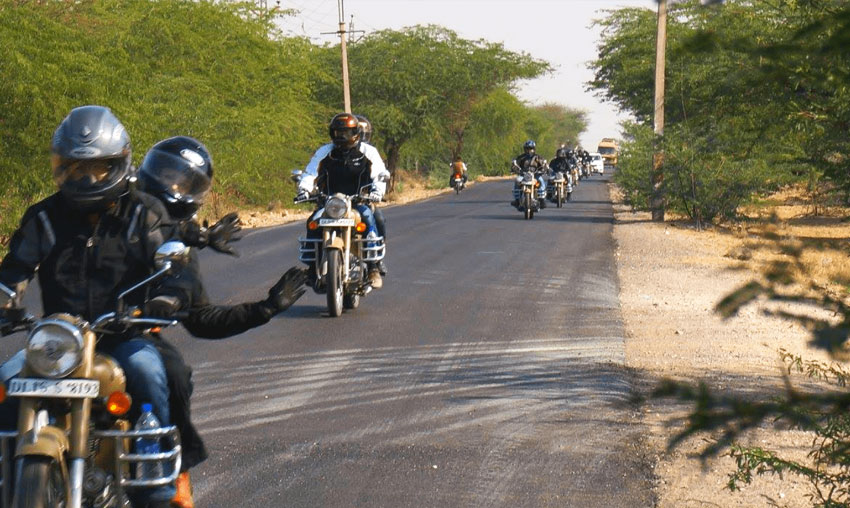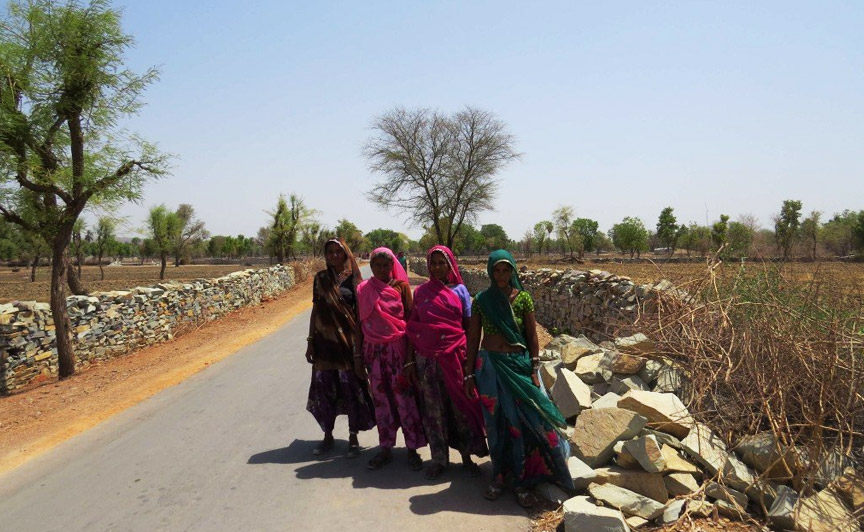Bagore Ki Haveli, Udaipur – Timings, History, Best Time to Visit
Built on the waterfront of Lake Pichola in the eighteenth century, Bagore ki Haveli is an elegant palace located in the state of Rajasthan on the Gangaur Ghat Marg in Udaipur. The haveli was constructed by Amar Chand Badwa, the prime minister of the Mewar Kingdom, and has more than a hundred rooms with intricate exhibits decorated with mirror and glass work. The palace’s walls are covered in exquisite mewar-era murals and paintings; the Queen’s Chamber is the most well-known of these since it features two exquisite peacock sculptures made of glass and mirror. After numerous restorations and renovations, the haveli has finally been transformed into a bustling museum that attracts not only ordinary tourists but also history enthusiasts and cultural explorers. The famed Dharohar Dance Show, which features Rajasthani culture and folklore and is held here every evening, is the haveli’s main attraction.
History of Bagore ki Haveli
Amar Chand Badwa, the valiant and acclaimed Prime Minister of the Mewar kingdom for an extended period from 1751 and 1778, under the leadership of Maharanas Pratap Singh II, Raj Singh II, Ari Singh, and Hamir Singh, constructed Bagore ki Haveli. Following Amar Chand Badwa’s demise, the Mewar emperors inherited the haveli and proceeded to expand its area, construction, and design. The beautiful triple archway was built by Maharaja Shakti Singh of Bagore, who inherited the haveli in 1878, about a century after it was first built. Following the archway’s erection, the haveli was formally dubbed “Bagore ki Haveli.”
The Mewars owned the haveli until 1947. However, following independence, the Rajasthani government acquired the structure and began using it to house government officials. The government chose to give the haveli to the West Zone Cultural Center for restoration after it had been neglected and deteriorated for about 40 years.
Following this transfer, the haveli was turned into a museum. Nonetheless, the haveli’s stunning architecture and exquisite embellishments were kept, as was its original regal and opulent appearance. To ensure that the haveli retains its allure and magnificence, multiple royal families from Rajasthan were engaged for the same objective. Only premium grade building using lakhori bricks and lime mortar was done, even with the refurbishment. The walls, doors, and windows that were damaged were fixed, and the original motifs, paintings, and frescoes were kept. And only the components that could not be repaired were changed.
See: Places to Visit in Udaipur
A Tour in the Interiors of Bagore ki Haveli
The magnificent, expansive courtyard of the haveli greets guests and is home to a lovely, two-story lotus with a water feature positioned in the middle. Three chowks—Kuan Chowk, Neem Chowk, and Tulsi Chowk—define the entire area. Kuan Chowk, also known as Well Chowk (‘kuan’ meaning “well”), is located on the bottom floor. Originally, it housed the horse stables and featured house merchants that ministered to the needs and daily activities of the housekeeping staff. Originally a higher grade chowk with brass doors and elaborate design, Neem Chowk is located on the first floor. For the visiting guests, dance performances were held in this one. This area is still utilized to showcase dance and other artistic genres.
On the other hand, Tulsi Chowk was made specifically with the princesses and royal ladies in mind. The zenana and the inner chamber, where “ghoomar” dance performances and other recreational activities were conducted, are located in this part. Today, this chowk serves as a gallery that transports visitors back to bygone eras with an exhibit of traditional women’s clothing and turbans worn by queens and princesses during their heyday.
The haveli houses the Durrie Khana and the Kaanch Mahal, which is the passageway completely covered in mirrors, in addition to the three chowks. These were the areas that were reserved for the guys in the house alone. Diwan-i-Khas, which is now the director of the West Zone Cultural Center, was the largest room in the entire haveli. In addition, it included a Shringar Kaksh that served as a dressing room and makeup station for ladies. The royal ladies learned music, dance, and musical instruments like the sarangi and santoor from Sangeet Kaksh. Men also used Manoranjan Kaksh to play indoor games like ganjifa, chaupad, and chess.
Timings and Tickets at Bagore ki Haveli
The entry to the museum is open on all days from 9:30 AM to 5:30 PM. However, Dharohar Dance Show Timings are from 7:00 PM to 8:00 PM and the show tickets are available from 6:15 PM.
Tickets for the common entry are:
Domestic Adult – INR 60,
Domestic Children (Age between 5 to 12) – INR 30,
Foreign Adult – INR 100,
Foreign Children (Age between 5 to 12) – INR 50,
Camera/ Video – INR 50.
While for the Dharohar Dance Show, the entry fee is:
Domestic Adult – INR 90,
Domestic Children (Age between 5 to 12) – INR 45,
Foreign Adult – INR 150,
Foreign Children (Age between 5 to 12) – INR 75,
Camera/ Video – INR 150
Best Time to Visit Bagore ki Haveli
When the highest temperature exceeds 28 degrees Celsius, which occurs between September and March, is the ideal time to visit Bagore ki Haveli. Because Udaipur is a desert city, it can get very hot throughout the summer, making any form of sightseeing or movement very difficult.
How to Reach Bagore ki Haveli
The city is well-served by rickshaws, automobiles, and local buses. Within a 1.5 km radius of the city center, Bagore ki Haveli is conveniently accessible by public transportation. As an alternative, you can arrange for a private taxi or take a taxi to get here.
